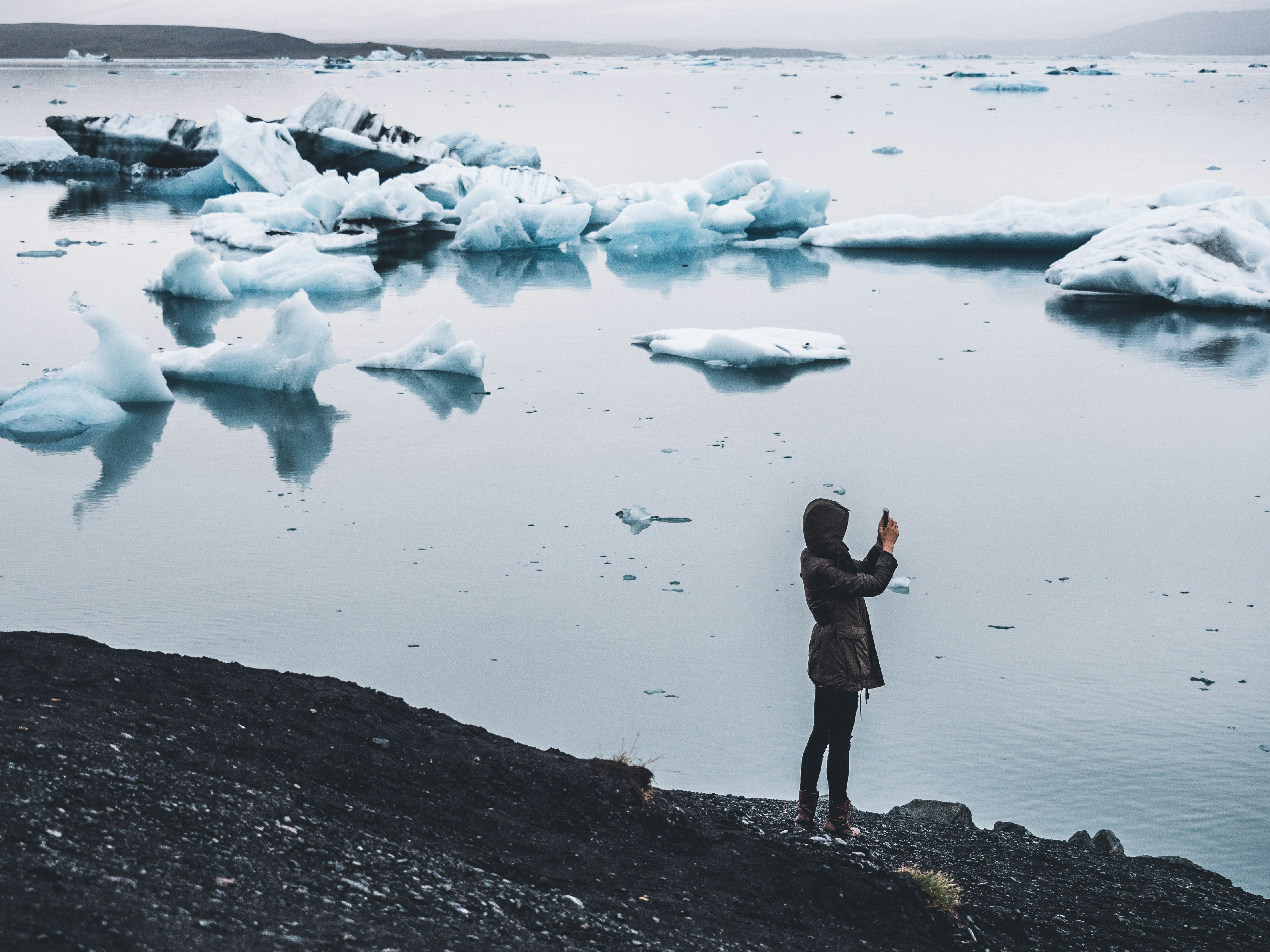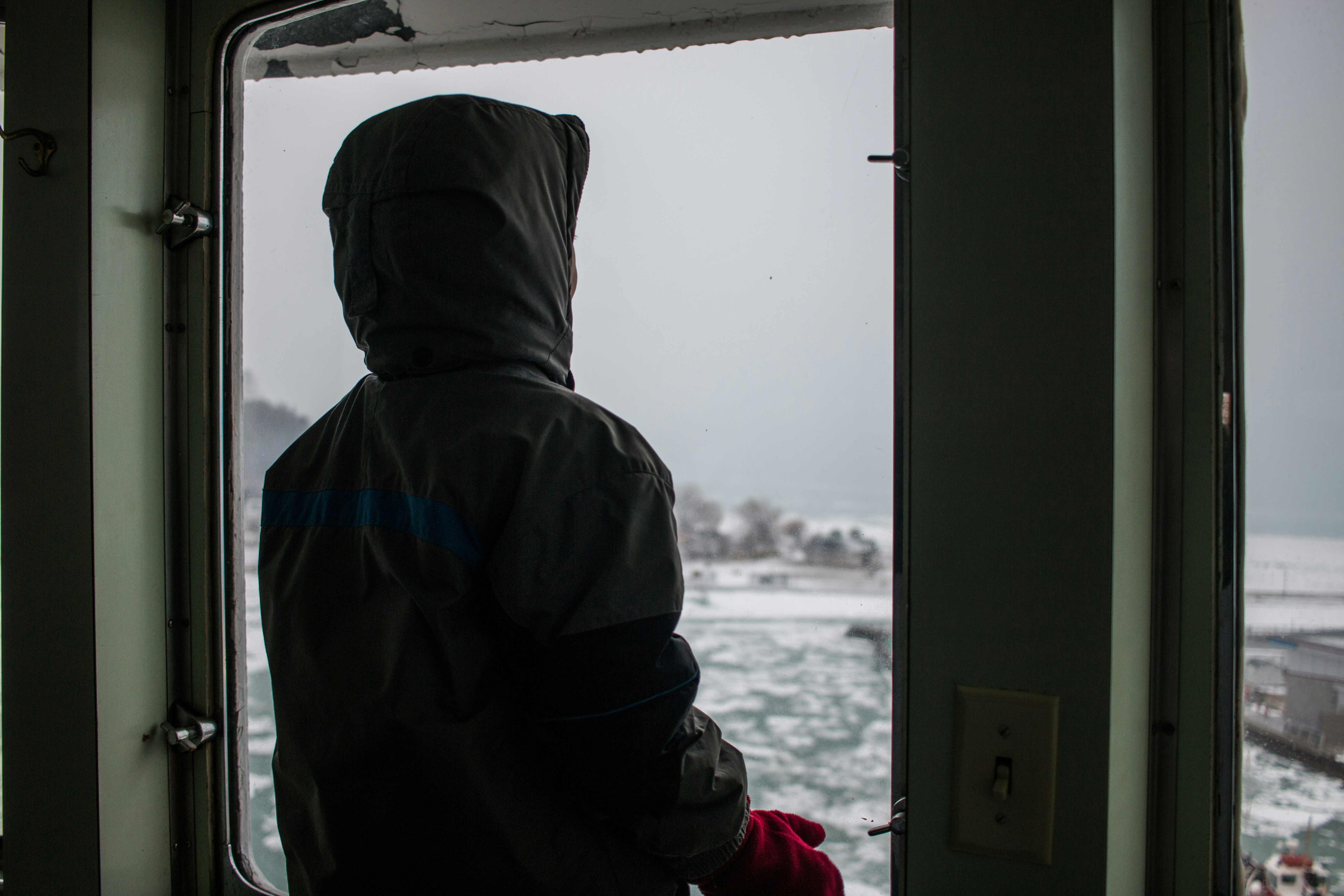Have you ever dipped your toe into a chilly pool and felt that pulse of energy? Imagine embracing that invigorating chill as a regular part of your wellness routine. Cold plunging, once considered the realm of elite athletes and brave souls, has now made its way into the mainstream wellness culture. This practice is about more than just the shock of cold water—it’s about harnessing the benefits of this experience for both your physical and mental well-being. So, how can you incorporate cold plunging into your routine, and why would you even want to?
Understanding Cold Plunging
Before you can incorporate cold plunging into your wellness routine, it’s crucial to understand what it is and why it’s worth considering. At its core, cold plunging involves immersing your body in cold water for a short period. This can be done in a variety of ways, such as using a specially designed tub, natural body of water, or even a simple ice bath at home.
The Origins of Cold Plunging
Cold plunging has roots that stretch back to ancient civilizations. From the Ayurvedic tradition in India to the practices of Scandinavian countries, the use of cold water for therapeutic purposes is steeped in history. Each culture valued the invigorating and healing properties of cold water, even when the scientific research we rely on today was unavailable. Over time, these traditional practices have been supported by scientific discoveries highlighting their benefits.
The Science Behind Cold Exposure
Research has shown that cold exposure can lead to various health benefits. Cold plunging stimulates the vagus nerve, which can enhance mood and reduce anxiety. The rapid temperature change activates the sympathetic nervous system, leading to increased alertness and energy. Additionally, cold exposure releases endorphins, the body’s natural painkillers, which can lift your mood. On a physiological level, cold plunging is believed to reduce inflammation and boost the immune system, making it a potentially powerful component of your wellness toolkit.
The Benefits of Cold Plunging
Knowing the possible benefits can be the motivation you need to start your cold plunging journey. Let’s break down these advantages to see how they can align with your wellness goals.
Physical Benefits
1. Reducing Muscle Soreness
One of the most celebrated benefits of cold plunging is its ability to reduce muscle soreness and speed up recovery. This is why you’ll often see athletes taking ice baths after intense training sessions. The cold water constricts blood vessels, decreasing metabolic activity and reducing swelling and tissue breakdown.
2. Boosting Circulation
Cold exposure causes your blood vessels to constrict, increasing blood flow to essential organs. When you warm up again, the vessels dilate, and the improved circulation can aid in detoxifying your body.
3. Enhancing Skin Health
Regular cold exposure is believed to tighten pores, reduce acne, and give your skin a healthy glow. It also promotes better circulation, which supplies essential nutrients to your skin cells.
Mental Benefits
1. Boosting Mood
Cold plunging can have powerful effects on your mental state. The rush of endorphins following a dip can create feelings of euphoria and anxiety reduction. It’s not uncommon to feel a significant uplift in mood after a cold plunge.
2. Increasing Resilience
Regular exposure to cold can enhance your mental fortitude and stress resilience. By repeatedly placing yourself in a challenging, controlled stress environment, you train your mind to become more adaptable and less reactive to everyday stressors.
Preparing for Your First Cold Plunge
To ensure a safe and effective experience, proper preparation is necessary. Let’s walk through the steps that will help you get started.
Choosing the Right Equipment
You don’t need to invest in a professional setup right away. Begin with what you have; a bathtub or a large basin filled with cold water can suffice. As you become more committed, you might explore options like portable ice baths or custom cold-water tubs.
Safety Precautions
It’s essential to prioritize safety when starting any new wellness practice. Start with brief exposures and never attempt cold plunging if you feel unwell. Individuals with heart conditions or other medical concerns should consult a healthcare provider before engaging in cold plunges.
Setting Realistic Goals
Begin by setting small, achievable goals. Your first cold plunge might last just a few seconds, gradually building up to minutes as your body acclimates. Approach your goal-setting with patience, allowing your body to adapt naturally over time.
Techniques for Effective Cold Plunging
Achieving the maximum benefits from cold plunging involves more than just stepping into cold water; techniques matter. Here’s how you can make your plunges more effective.
Breathing Techniques
Deep breathing can help you manage the initial shock and discomfort of cold water. Techniques like the Wim Hof Method emphasize controlled breathing to enhance your experience and are worth exploring.
Mindfulness and Intention
Approach each cold plunge with mindfulness. Focus on your breath and how your body reacts to the cold. Establish an intention, whether it’s clarity, stress relief, or a specific wellness goal, to give meaning to your practice.
Gradual Immersion
Instead of immersing yourself fully right away, you might try gradually increasing your exposure. Start by dipping your legs, then gradually immerse your torso and up to your neck, adapting to the sensation as you go.
Creating a Cold Plunging Routine
Incorporating cold plunging into your wellness routine requires integration and consistency. Here’s how you can weave it into your lifestyle.
Timing and Frequency
Determining the best time for cold plunging can be personal. Some prefer a morning plunge to awaken the senses, while others find an evening dip helps wind down and promote restful sleep. Aim for consistency, whether it’s daily or a few times a week.
Combining with Other Practices
Cold plunging can complement various wellness activities. Consider pairing it with a sauna session for a contrasting thermal experience or with meditation to enhance mental clarity and relaxation.
Tracking Your Progress
Keep a journal to track your cold plunging experiences. Note how long you stay immersed, how you feel before and after, and any changes in your well-being. This can motivate and help you refine your practice.
Frequently Asked Questions About Cold Plunging
Is Cold Plunging Safe?
When done mindfully, cold plunging is generally safe for healthy individuals. However, pre-existing medical conditions could affect your experience, so it’s wise to consult a professional if you have concerns.
How Cold Should the Water Be?
The ideal temperature can vary, but generally, water should be between 10-15°C (50-59°F). As you grow accustomed to the practice, you might experiment with slightly colder temperatures.
What Should I Do If I Feel Dizzy?
Feeling slightly dizzy is not uncommon, especially if standing up quickly after a plunge. Ensure you move slowly and cautiously. If dizziness persists, you should step out, dry off, and rest.
Potential Challenges and How to Overcome Them
Every wellness journey has its hurdles, and cold plunging is no exception. Here’s how to navigate some common challenges.
Overcoming Initial Discomfort
The body’s natural reaction to cold is discomfort. Embrace this feeling and focus on your breathing to ease through the initial shock. Over time, you’ll find that your tolerance and enjoyment increase.
Dealing with Lack of Motivation
Sticking to any routine can be challenging. Remind yourself of the benefits, and integrate cold plunging with other enjoyable practices, or invite a friend to plunge with you for accountability.
Cold Plunging in Different Settings
Not everyone has access to natural bodies of cold water, but there are multiple ways to immerse yourself in the experience.
Natural Bodies of Water
Lakes, rivers, and the ocean can provide a natural setting for cold plunging. Ensure safety and be aware of local conditions and wildlife.
DIY Cold Plunge Tubs
Creating a DIY setup using a large metal tub or stock tank can give you a dedicated space to plunge. Fill with cold water and keep ice handy to maintain the desired temperature.
Professional Facilities
Some wellness centers and spas offer cold plunges and guided sessions. These facilities can provide an enhanced experience with added amenities like saunas and massage.

Tips to Enhance Your Cold Plunge Experience
Aim to refine your practice as you grow more comfortable with cold plunging. Here are a few tips to enhance the experience.
Listening to Music or Nature Sounds
Music or nature sounds can make your cold plunge more enjoyable and relaxing. Choose calming or invigorating tunes based on your needs.
Using Aromatherapy
Integrate essential oils known for their calming effects, such as lavender or eucalyptus, to infuse relaxation into your plunge environment.
Joining Online Plunging Communities
Connecting with others practicing cold plunging can provide support and motivation. Online forums and social media groups can be great resources for tips, challenges, and camaraderie.
Conclusion
Incorporating cold plunging into your wellness routine can be transformative. With its myriad physical and mental benefits, it offers a refreshing way to enhance your health and well-being. Whether you’re seeking to boost your mood, improve your physical recovery, or simply try something new, cold plunging invites you to step out of your comfort zone—quite literally! Embrace this chilling yet rewarding practice and discover how it complements and enriches your wellness journey.





